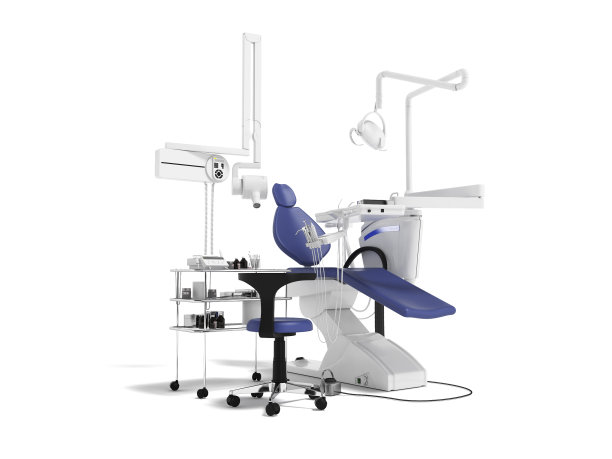Essential Guidelines and Precautions to Ensure a Successful Outcome in Root Canal Treatment Procedures
Summary: Root canal treatment (RCT) is essential for preserving dental health when the pulp becomes infected or damaged. Successfully navigating this procedure hinges on strict adherence to guidelines and precautions. This article outlines four critical aspects of RCT: comprehensive diagnosis and treatment planning, optimal use of materials and instruments, effective pain management and patient comfort, and thorough post-treatment care. By understanding these areas, both practitioners and patients can enhance the likelihood of successful outcomes, while minimizing risks associated with RCT.
1. Comprehensive Diagnosis and Treatment Planning

The cornerstone of any successful root canal treatment is a detailed diagnosis. This involves gathering comprehensive information about the patients dental history, symptoms, and overall health. Advanced imaging technologies, such as digital X-rays or cone beam computed tomography (CBCT), can significantly improve the diagnostic process, allowing practitioners to visualize the tooths anatomy, identify the extent of infection, and determine the best course of action.
Following the diagnosis, a tailored treatment plan should be devised. This plan must consider various factors such as the type of tooth affected, the complexity of the root canal system, and the patients preferences and overall health conditions. Clear communication with the patient about the steps involved in the treatment and the expected outcomes fosters trust and eases anxiety.
Moreover, obtaining informed consent before proceeding is vital. Patients should be educated about the risks and benefits of the procedure, as well as potential complications. This ensures that they make well-informed decisions regarding their dental care.
2. Optimal Use of Materials and Instruments
The choice of materials and instruments is crucial for achieving successful root canal therapy. Using high-quality endodontic files, irrigation solutions, and filling materials helps ensure that the canal is thoroughly cleaned, shaped, and sealed. The use of biocompatible materials reduces the risk of allergic reactions or post-treatment complications.
The importance of proper sterilization cannot be overstated. All instruments used in the procedure must be sterile to prevent introducing bacteria into the root canal system. Employing a rubber dam during treatment further aids in maintaining a clean working area by isolating the tooth and preventing saliva contamination.
Additionally, regular calibration and maintenance of dental equipment are vital. Instruments should be routinely checked and replaced as necessary to ensure they function optimally throughout the procedure, enhancing the likelihood of a successful outcome.
3. Effective Pain Management and Patient Comfort
Managing pain and ensuring patient comfort during root canal treatment are indispensable for a positive experience. Effectively utilizing local anesthesia is crucial; practitioners should assess the appropriate type and dosage based on the individual patients needs. In some instances, additional sedation methods may be employed, particularly for anxious patients.
Clear communication throughout the procedure can significantly enhance patient comfort. Practitioners should explain each step of the process, offering updates on progress and addressing any concerns that arise. This approach not only helps ease anxiety but also fosters a collaborative environment where patients feel more in control.
Post-operative pain management is equally important. Practitioners should provide patients with clear instructions on pain relief options, including over-the-counter medications, along with guidance on when to seek further care. A well-informed patient is more likely to experience a smoother recovery.
4. Thorough Post-Treatment Care
Post-treatment care plays a critical role in ensuring a successful outcome for root canal therapy. Patients should receive tailored aftercare instructions detailing how to manage discomfort, maintain oral hygiene, and recognize signs of potential complications such as swelling or prolonged pain.
Follow-up appointments are essential for monitoring healing and ensuring the tooths prognosis remains positive. During these visits, practitioners can assess the treatments effectiveness and make necessary adjustments to the patients care plan. Documenting any issues that arise will also contribute to a better understanding of long-term success rates.
Finally, educating patients about the importance of regular dental check-ups and oral hygiene post-RCT contributes to maintaining their overall dental health. Promoting a proactive approach ensures patients remain engaged in their dental care, reducing the risk of future complications.
Summary:
In conclusion, the success of root canal treatment hinges on thorough diagnosis and planning, optimal usage of materials and instruments, effective management of pain and patient comfort, as well as diligent post-treatment care. By adhering to these essential guidelines and precautions, practitioners can significantly enhance patient outcomes and satisfaction.
This article is compiled by Vickong Dental and the content is for reference only.



